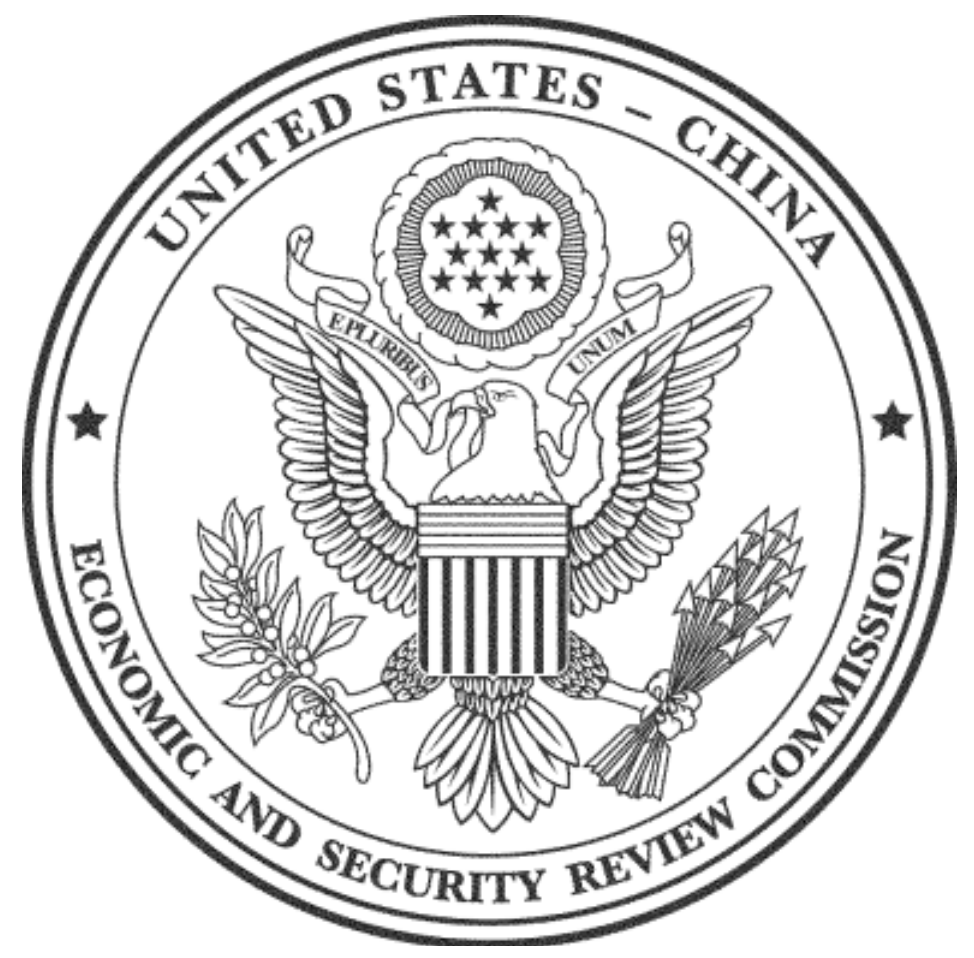Blog Post
China’s investment in Africa: What the data really says, and the implications for Europe
China has clearly signalled to Europe that it does not shy away from involvement in Africa, historically Europe’s area of influence. But the nature of China’s direct investment flows to the continent will have to change if they are to prove sustainable.
Chinese president Xi Jinping visited Senegal in July last year, seeking further cooperation with the previous French colonial territory. Amid a heated debate over China’s increasingly dominant role in the world, this visit – before the 2018 Forum on China-Africa Cooperation (FOCAC) in Beijing –clearly sent a signal to Europe that China does not shy away from entering what is historically Europe’s area of influence, namely Africa. From China, such move is not surprising, as China-Africa relationships flourished at least half a century ago under the mantra of South-South cooperation.
Even if the history of China-Africa relations is longstanding, they have been mainly political and not necessarily economic. In the last eight years or so, though, China’s economic ties with Africa have ballooned. First of all, China has become the most important trading partner for many African countries. The rather unbalanced nature of Africa’s trade flows with China is well documented in the literature, but this is much less the case for the other major aspect in China-Africa economic relations, namely investment.
Investment is, indeed, at the heart of Africa’s needs. It is the continent with the fastest growing population but receives less foreign direct investment (FDI) than any other emerging region, except for Central-Asian transition economies. In other words, if we were to calculate inward FDI per capita, Africa would indeed be the region of the world with the least inflows and, given their population trends and the current level of development, clearly with the largest needs (Chart 1). This itself justifies a keen interest in better understanding China’s role in Africa’s inward FDI.
The global financial crisis marked the beginning of a race for China to invest in Africa by 2017 (Chart 2). While many of the analysts focus on China’s landmark M&A deals in Africa, especially in the energy and metals spaces, the reality is that China’s project finance in African countries is nearly ten times as large (Chart 3). In other words, actual investment by China in Africa is much smaller than debt-generating flows and, in particular project finance. There are obviously many other types of debt-generating flows from China into Africa but this is not the purpose of this blog post, which focuses on investment.
That said, China’s investment in Africa is still at the early stages compared with that of key European countries that have a colonial past in Africa, especially France and the UK. Chart 4 shows that the FDI stocks sourced respectively from the UK and France into Africa are each still larger than the stock sourced from China. The Netherlands also rose to second-top by 2017, which may be explained by the rerouting of investment flows from other countries, but is still consistent with the facts that Europe is a key investor in Africa.
Thus, it is fair to say that China is catching up in accumulating outward FDI into Africa to a level which is commensurate with its economic size and long-term political ties with the African region. This is exactly what we find when focusing on the flow of FDI over the past few years (Table 1), a period where China stands out as a prominent acquirer of assets (M&A) while EU and US FDI has been more volatile, with some large divestment from 2016 to 2018.
In fact, China is the only one of the three blocs that has seen continuous net positive flow into Africa in each of the past three years. In any event, M&A continues to be a relatively small part of Africa’s inward FDI, with greenfield investment dominating the scene. This is true for China but also for the EU; slightly less so for the US. When both greenfield and M&A are accounted for, the EU continues to be the largest investor in Africa, not only in terms of stock but even in terms of flow.[1]
Another important aspect of China’s investment in Africa is its particular sectoral composition. While greenfield investment does include manufacturing, especially textile, it still remains quite concentrated in transport infrastructure and resources (Chart 5). This is even more true for M&A and project finance, where 60% of the total is in energy and 30% in infrastructure (Chart 6). In the same vein, China’s project finance in Africa is also focused on energy and transportation (Chart 7).
As such, with the exception of a relatively small part of greenfield investment in manufacturing, the bulk of China’s investment or lending (in the case of project finance) is directed towards China’s strategic objectives, namely securing access to resources and using China’s excess capacity in construction and transportation.
On this basis, it is not surprising that that the job creation of Chinese FDI into Africa through greenfield investment (due to data availability) is lower on average (only 1.78 people for every $1m investment) than that of China’s greenfield investment into other regions of the world (2.24 people for every $1m investment).[2]
This, in itself, could be one of the key problems that China may be facing when continuing to invest in Africa in the future. Africa is the fastest-growing region population-wise, but China’s FDI into Africa is creating fewer jobs per unit of investment, on average. For such inward FDI to be welcome, and thus sustainable, its nature will need to change so as to create more jobs. In other words, for China to be successful in its investment strategy in Africa, it will need to move from focusing its investment in natural resources and infrastructure to manufacturing, which is more labour-intensive.
All in all, when looking at China’s increasingly relevant investment in Africa, some conclusions can be drawn for Europe. First, China’s stock of FDI into Africa remains limited compared to that of European countries, especially the UK and France. Furthermore, while it is true that China has increased its M&A activity in the past few years, the value of China’s acquisitions in Africa is not so large. Besides this, the EU continues to be a larger greenfield investor.
China, however, clearly stands out as a lender, particularly in project finance. Moreover, when we look at the sectoral composition of China’s investment and lending in Africa, there is a clear preference for strategic sectors, especially energy and infrastructure, and not only for M&A but also for greenfield investment. Such preference may be behind the relatively lower job creation of China’s greenfield investment in Africa, compared to China’s investment elsewhere.
These trends are surely important to watch for European companies aiming at competing in the African market. It seems clear that, without job creation, foreign direct investment into Africa might not be sustainable down the road given the continent’s population dynamics.
Endnotes
[1] This is particularly true if we consider that China’s large greenfield investment in 2016 was due to a problematic transaction that does not took place, namely the Egyptian government project which aimed to construct a new administrative capital by China Fortune Land Development (CFLD).
[2] The estimation is calculated by fDimarket.
Republishing and referencing
Bruegel considers itself a public good and takes no institutional standpoint. Anyone is free to republish and/or quote this post without prior consent. Please provide a full reference, clearly stating Bruegel and the relevant author as the source, and include a prominent hyperlink to the original post.





